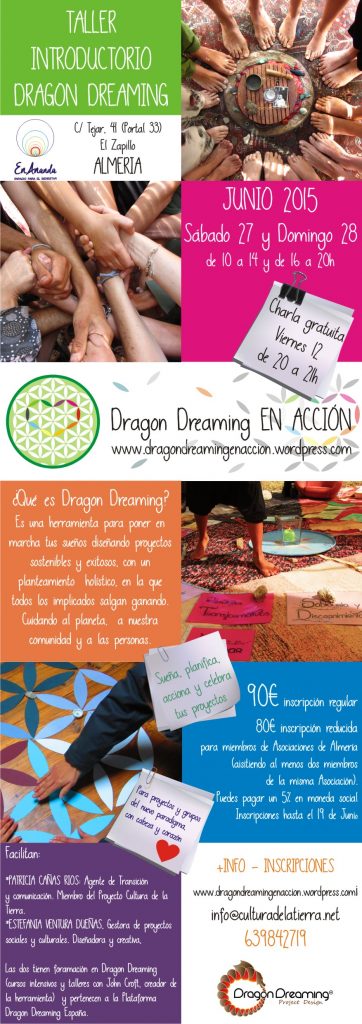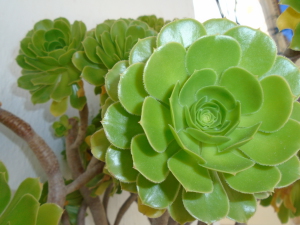Uncategorized
Here at Sunseed, we’re always looking for new ways to store and preserve our food. Pickling, preserving, and fermenting are great ways to use up gluts of food and save us from letting anything go to waste, which is always something we aim to avoid. It also means we can keep our food store stocked with tasty and nutritious additions to perk up our daily meals.
Each week brings with it a new stream of volunteers coming to Sunseed, and with them comes a new field of knowledge or understanding, plus more ideas and inspiration on how we can best prepare our food. As we cook communally, everyone is encouraged to take a spin in the kitchen and each week we’re inspired to try something new – this past week alone we’ve had fruit leathers, oat yoghurt and ginger kombucha, to name but a few!
Yesterday we found ourselves with a little more cabbage than we knew what to do with, and one of our volunteers suggested we try making sauerkraut. Sauerkraut is a fermented food, full of good bacteria which promote gut health.
Sauerkraut is created when the cabbage undergoes a process called lacto-fermentation. Sugars in the vegetables are broken down and converted into lactic acid which contains probiotic strains of bacteria that support a healthly gut. Some people find that fermented foods help them to manage gut problems and so it’s a great idea to include these foods in your diet. Other fermented foods include kombucha, kimchi, miso and kefir, to name just a few.
You can find jars of sauerkraut in health shops and supermarkets, but always check the ingredients label to make sure it’s the real deal. Often, jars of ‘Sauerkraut’ are actually just jars of cabbage pickled in vinegar which, whilst delicious, won’t contain any of the gut-enhancing bacteria we’re after as they won’t have gone through the fermentation process.
Sauerkraut is made by simply slicing the cabbage very finely, massaging with a little salt to draw out moisture, and then packing tightly into jars to begin the fermentation process. You can add different flavourings to create a variations on the traditional recipe, and the only limit is your imagination.
After 4 weeks of fermentation you’ll be left with a crunchy, tangy, sligtly sour tasting sauerkraut which is delicious in sandwiches, salads, or as an accompaniment to any meal. We’ve included a recipe below for you to try at home, plus some colourful traffic light coloured variations too.
Sauerkraut
This is the basic recipe for sauerkraut. You can use this as the base for a whole range of flavoured sauerkrauts, and we’ve included some ideas for traffic light sauerkraut at the bottom for inspiration!
Makes 2 x 1ltr jars
You will need:
– Sterilised glass jars and their lids (just dunk into boiling water, remove using tongs and leave to cool)
– A sharp knife or the mandolin attachment on a food processor
– Something to pack the jars with cabbage. We used a wooden pestle, but you could use the end of a rolling pin or thick wooden spoon
Ingredients:
– 2 large white cabbages (about 3kg)
– 2 tbsp salt
Method:
1. Remove the tough outer leaves of the cabbages, and wash the cabbages and leaves. Put the outer leaves to one side.
2. Finely shred the cabbage either using a sharp knife or your food processor if it has a mandolin blade attachment. We find it easiest to cut the cabbage ito quarters before we start to slice it.
3. Put the sliced cabbage into a large bowl (you might need two) and add the salt. Using your hands, massage the cabbage, crushing it in your hands and mixing the salt throughout. After about 5-10 minutes (depending on the strength of your hands) you should end up with wet, slightly limp but still crunchy cabbage. At this stage you can taste the cabbage, to see if you want to add any more salt. You want it to be slightly salty.
4. Gather the sterilised jars and your tool to pack the jars. Pile the cabbage into the jars in layers, packing it down using your pestle or wooden spoon, whatever you’re using. You want to get rid of all of the air bubbles and you should find that as you pack the cabbage down, a layer of liquid will rise to the top, covering the cabbage. Continue packing the cabbage into the jars until the cabbage is about 2cm from the top of the jar, with a layer of liquid on top.
5. Take the outer leaves of the cabbage, and pack them tightly into the top of the jars to keep the sauerkraut packed firmly beneath the layer of liquid, which will prevent it from oxidising. You might need to tear off some of the outer leaves if they are very big to make them fit inside the top of the jar.
6. Place the lids on top of the jars but do not screw shut. You want the sauerkraut to be able to get a little air.
7. Check your sauerkraut each week, tasting it each time to see how it tastes. You want to leave the sauerkraut to ferment for up to 4 weeks, to allow the full fermentation process to take place. If any scum forms on the surface then skim it off, or if mould forms then you might want to change the jars.
8. After 4 weeks, your sauerkraut should be crunchy and slightly sour tasting, but deliciously salty and fresh too. Enjoy!
Variations
We made traffic light sauerkraut – red, yellow and green! To make flavoured sauerkraut, simply add the extra ingredients just before you start massaging the cabbage.
Red
We used red instead of white cabbage, a little grated beetroot, ginger, garlic and juniper berries.
Green
We added some of the shredded outer leaves and caraway seeds.
Yellow
We added some ground turmeric (use fresh if you have it), fennel and cumin seeds.
– Blog post written by Ceri












